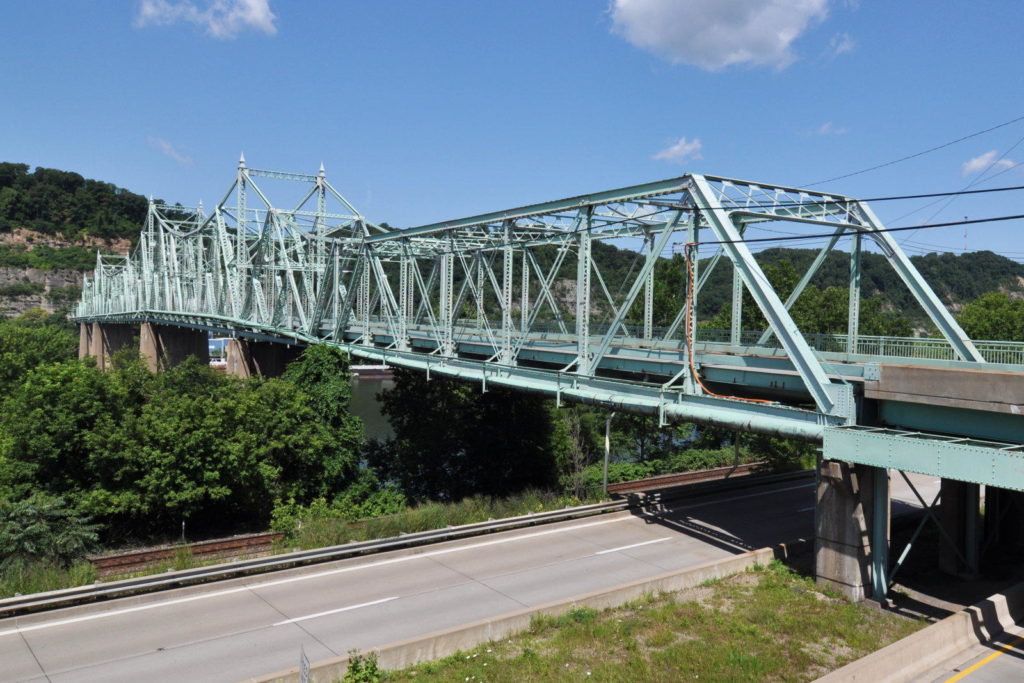Pittsburgh is often referred to as the “City of Bridges” and with good reason. With a whopping 446 named bridges, Pittsburgh is home to more bridges within its city limits than just about any other city in the world—including Venice!**
Suffice it to say, we take bridges seriously here. So, when what started as an internal conversation about bike riding turned into a spirited conversation about our team’s favorite bridges, we thought it would be fun to share some of the results with you.
Here are some of our team’s favorite bridges in the world and why:
Drew D. — Forth Bridge, Queensferry, Scotland
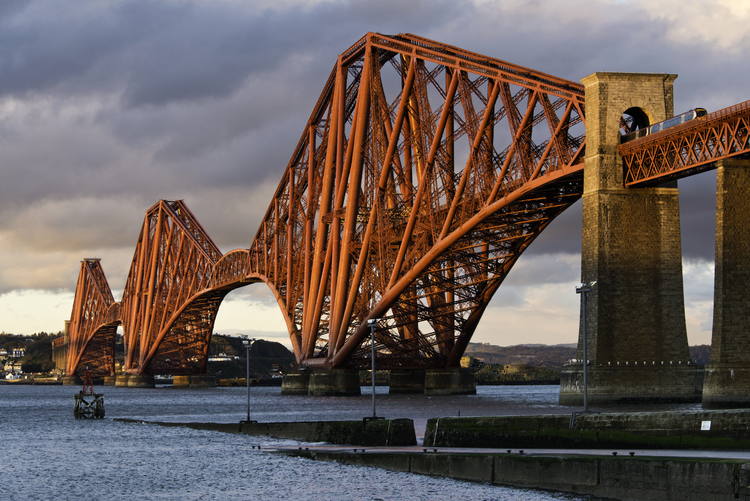
I first saw the Forth Bridge on a postcard I found while touring Edinburgh in 1996. The image of deep red, large trusses constructed from circular cross-sectioned members was in sharp contrast to the mostly yellow suspension and arch bridges I had grown up with here in Pittsburgh. I was also intrigued by the bridge’s operating principle: those giant structures anchored to the floor of the fjord were in fact cantilevers connected by small sections suspended between them. They were thin in profile where the iconic Fort Pitt and Fort Duquesne bridges were thick.
As I looked closer, I realized that profile mimicked the plot of the bending stress experienced by a uniformly loaded cantilever beam, demonstrating an efficient use of materials (though I later learned that much more material is required for a cantilever bridge than for other designs crossing the same span).
The main spans of the Forth bridge are still the world’s second longest for a cantilever bridge, and it is featured prominently on the obverse of Scotland’s £20 note.
Scott H. — Pont du Stierchen Bridge, Río Alzette, Luxembourg
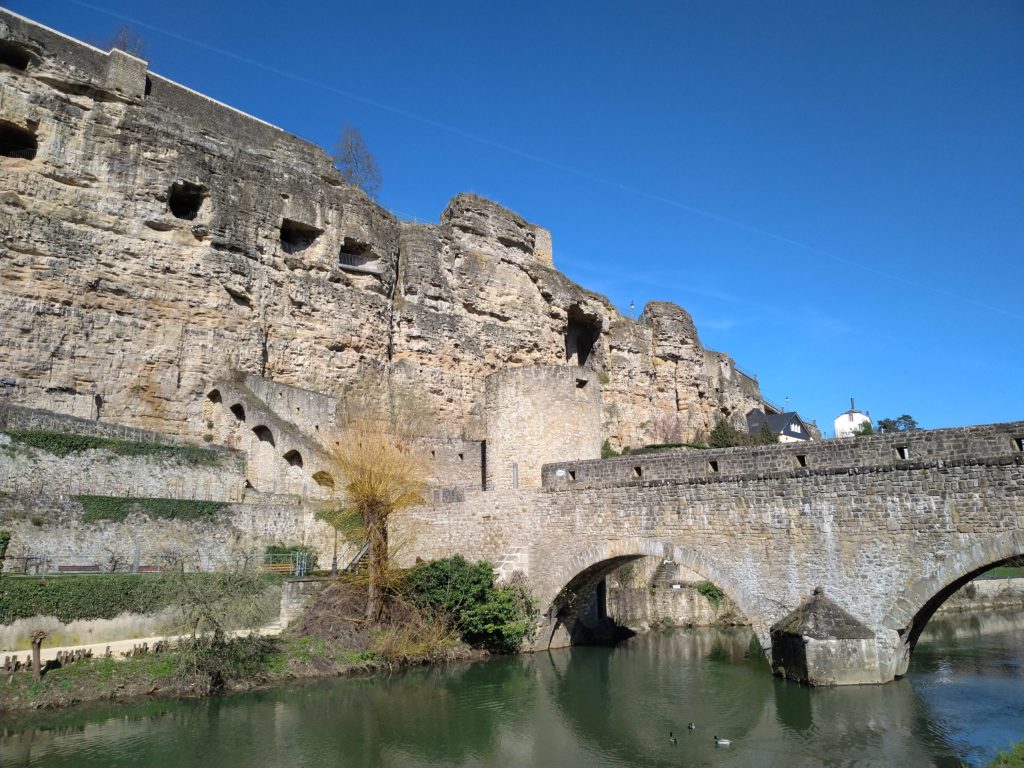
I love old stone bridges and this one I have seen in person. The setting has a lot to do with my liking of the bridge. Views of the fortifications in the background and the reflections in the water make it appear as if there are tunnels under the bridge. Plus, it is haunted!
Mitchum T. — Queshuachaca, Canas Province, Southern Peru
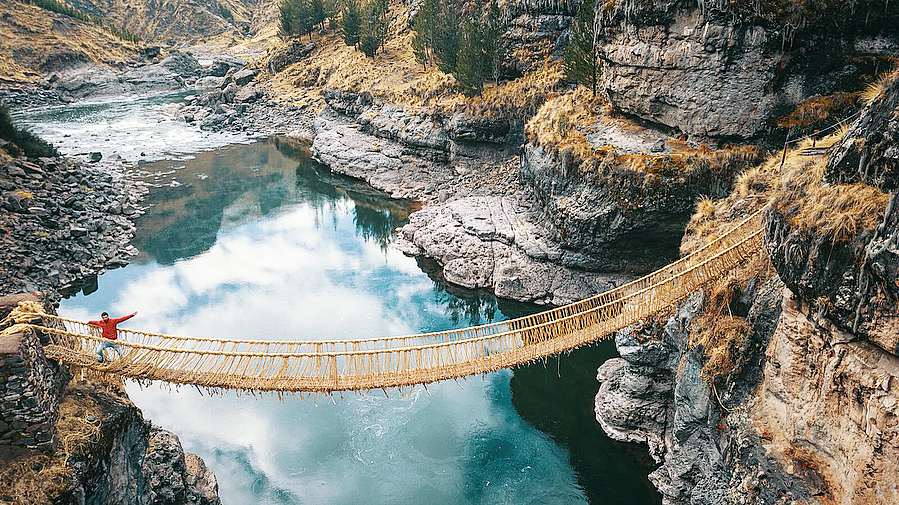
It is the last remaining hand-woven rope bridge from the Inca Empire and is still maintained in the traditional style by locals. The Inca ran a logistically sophisticated empire of 10 million people spanning 770 thousand square miles of mountainous terrain by carrying goods and information on foot across bridges of this style maintained over centuries. Information was carried using quipu, a sort of woven abacus, which bears a resemblance to the bridges themselves!
Rob P — Ambridge Aliquippa Bridge, 24th St Ambridge, Pennsylvania
Photo: James Baughn
“Only the paint had to be brought in.”
One end was adjacent to the J&L steel plant that supplied the steel. The other was in the American Bridge Company’s fabrication yard. The gravel and sand for the concrete piers were excavated from the Ohio River.
Rich H. — McConnell’s Mill Covered Bridge, McConnell’s Mill State Park, Portersville, Pennsylvania
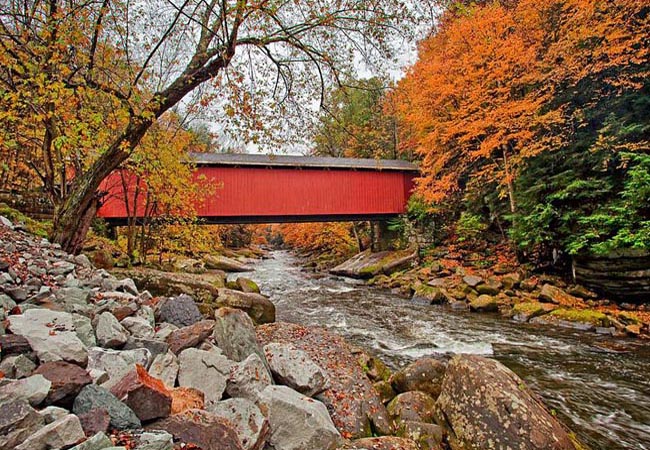
This is in a very beautiful and picturesque spot over the Slippery Rock Creek. I always have good memories when I see that bridge.
Matt B. — Puente de la Mujer, Buenos Aires, Argentina & Gateshead Millennium Bridge, Newcastle upon Tyne, United Kingdom
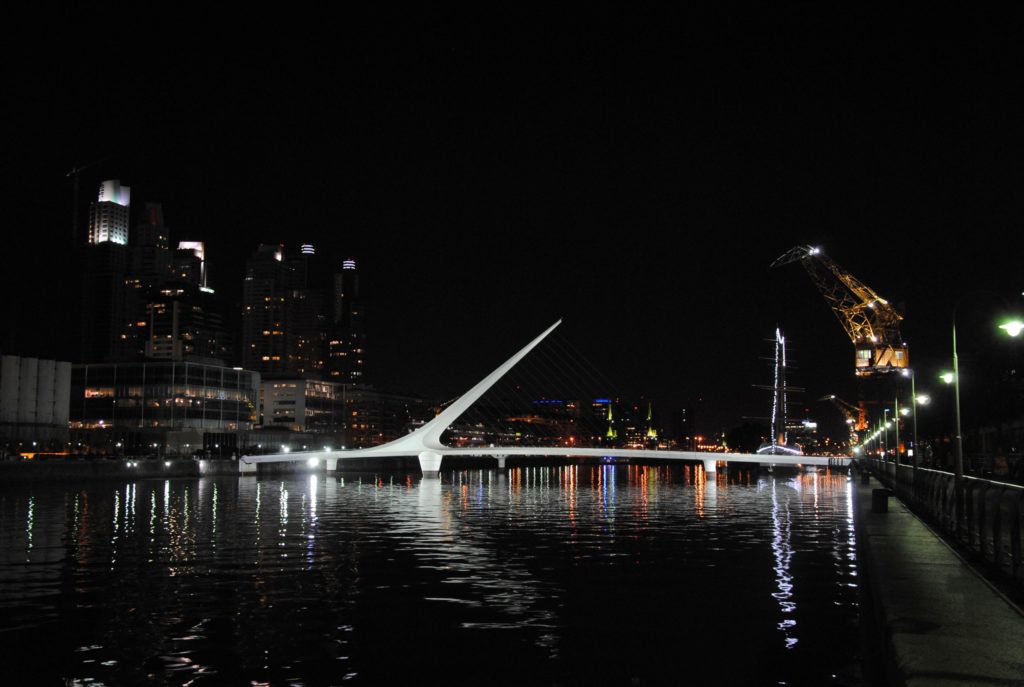
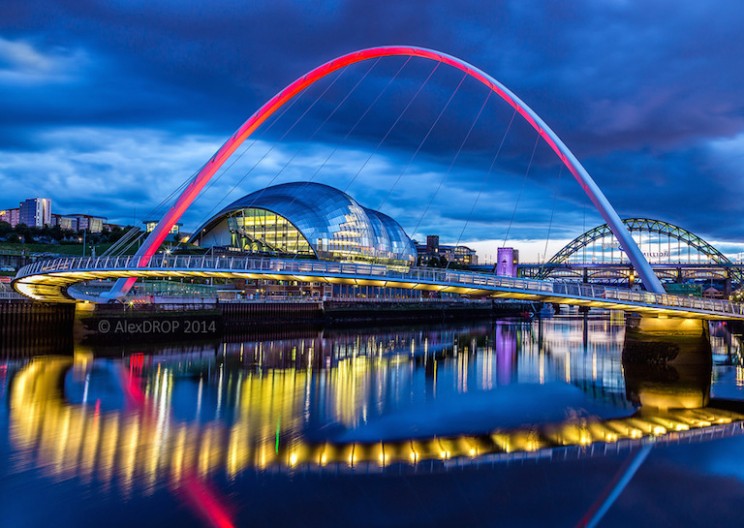
In 1997, the Guggenheim Museum Bilbao opened and it has subsequently been credited with reviving the economy of Bilbao, the Spanish city where it was built.
Other cities tried to mimic this success, building architectural wonders that were intended to give them the kind of positive differentiation usually reserved for cities like New York or Paris. Perhaps the most ambitious city, Dubai, set about building the Burj Khalifa, which would be the world’s tallest structure, exceeding even the tallest TV masts.
Cities without those oil riches, like Pittsburgh, took a different route, improving city waterfronts with plantings, sculptures, outdoor concert areas, and pedestrian walkways. Two pedestrian bridges that were a part of this trend are amongst my favorite bridges in the world: the Puente de la Mujer in Buenos Aires and the Gateshead Millennium Bridge in Newcastle upon Tyne.
Both found flamboyant solutions to the problem of letting tall boats pass some of the time and pedestrians cross most of the time. Although they were both expensive for pedestrian bridges, they brought wonder and uniqueness to their cities at a fraction of the cost of the grander projects of this era.
Jenn S. — Rainbow Bridge, Minato City, Tokyo, Japan
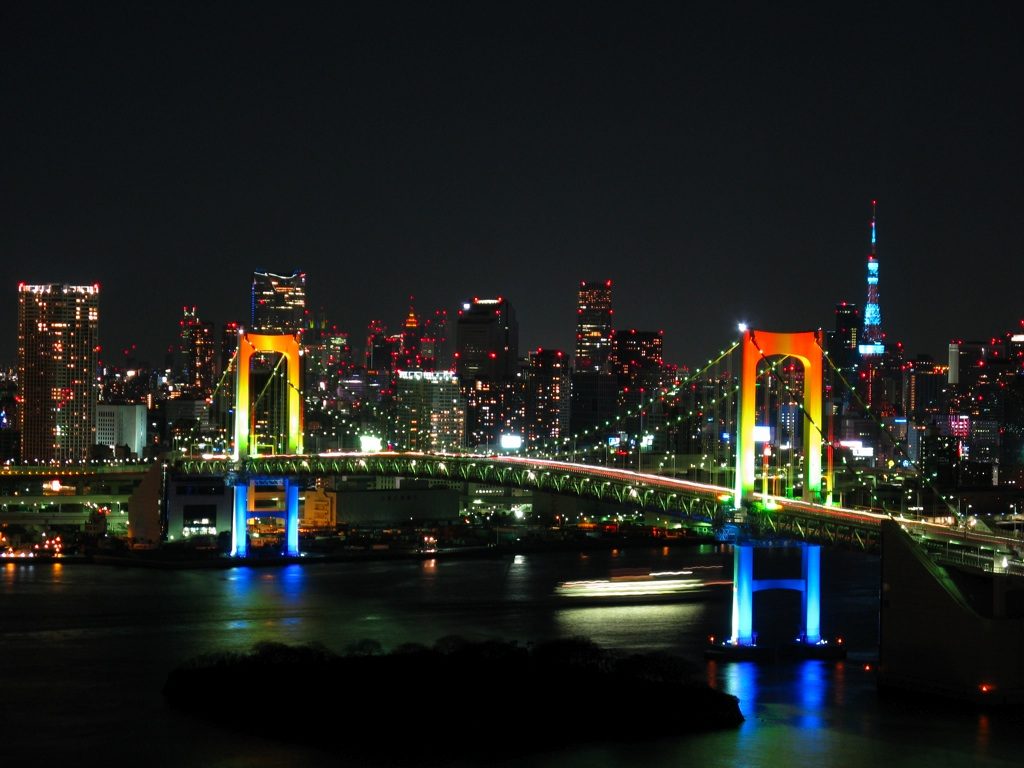
It’s a gorgeous suspension bridge that extends over Tokyo Bay between Shibaura Pier and Odaiba. No matter what time you drive across it, you get a stunning view of Tokyo and the bay, but if you cross it at night, the bridge is lit up like a rainbow!
Luke Y. — Chesapeake Bay Bridge–Tunnel, Norfolk, Virginia
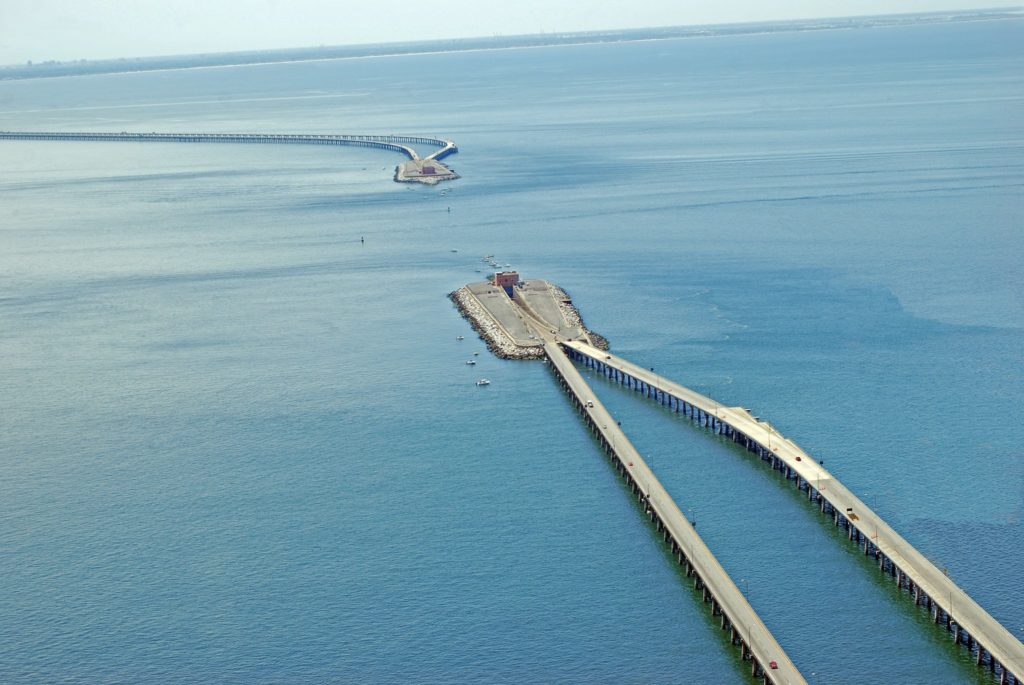
I find it interesting how long the bridge is and how it uses tunnels to allow shipping traffic to pass over it. Not many other bridges have a rest area midway across!
Gregory S. — New River Gorge Bridge, Fayette County, West Virginia
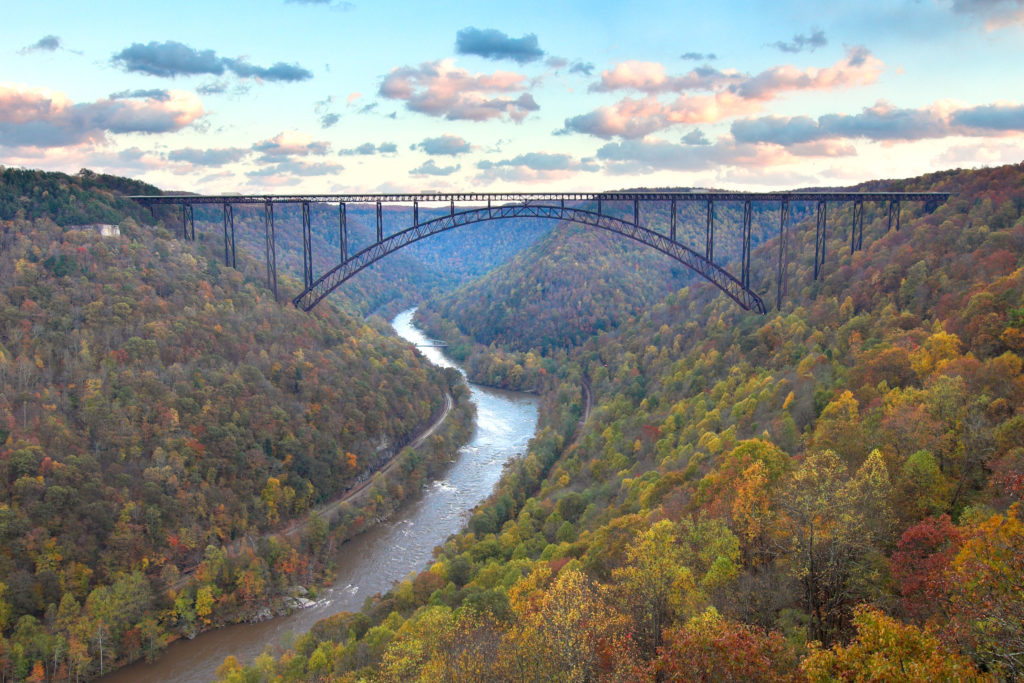
This is an engineering marvel, but it’s also a very beautiful bridge and incredibly practical. I also appreciate its ties to both Pittsburgh (U.S. Steel’s COR-TEN steel was used earlier in the construction of our U. S. Steel Tower) and Beaver County. (Michael Baker International were the architects and engineers behind the project.)
Carolynn J. — Craigellachie Bridge, Moray, Scotland
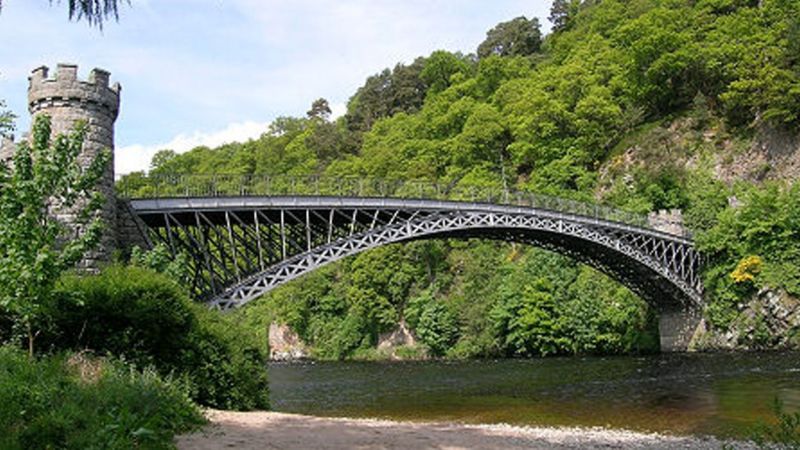
Having visited this one in person, it is absolutely beautiful with its castellated towers, and it is the oldest surviving cast iron bridge in Scotland. The funny thing is that there is a mystery surrounding who actually owns the bridge. The Moray Council maintains it but launched a campaign in 2017 to find out who the actual owner might be.
Craig C. — Golden Gate Bridge, San Francisco, California
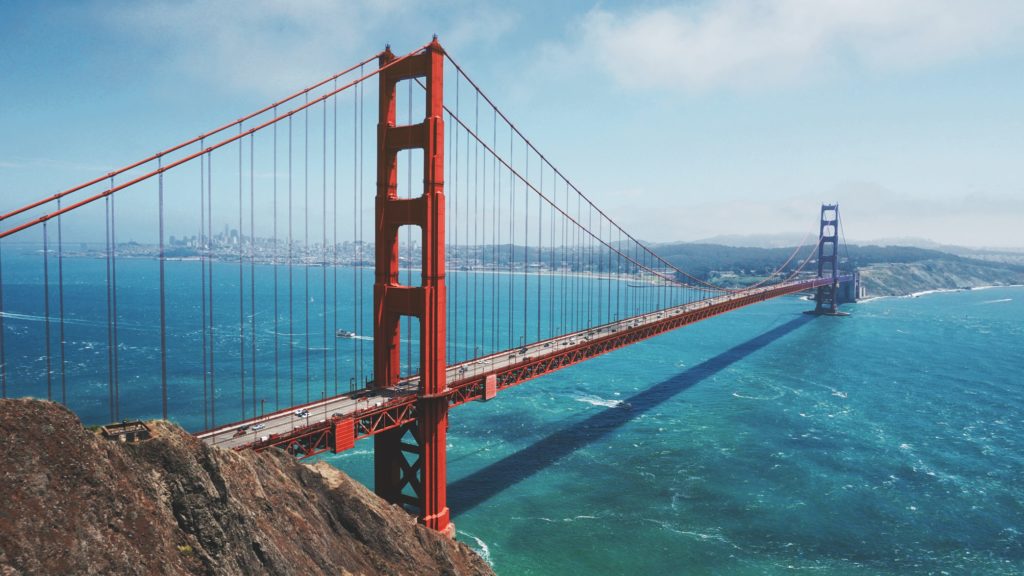
It’s big, you can walk across it, there is something to look at in all directions, and it’s not that creepy to drive across.
** There is some debate about this in certain circles online as to whether cities like Hamburg or Amsterdam may technically have more when you factor in pedestrian bridges, unnamed bridges, and bridges that are in the metro area but technically outside of city limits, but the fact remains that if you do a search for “Which city has the most bridges?”, you’ll probably get “Pittsburgh” as the top result.

